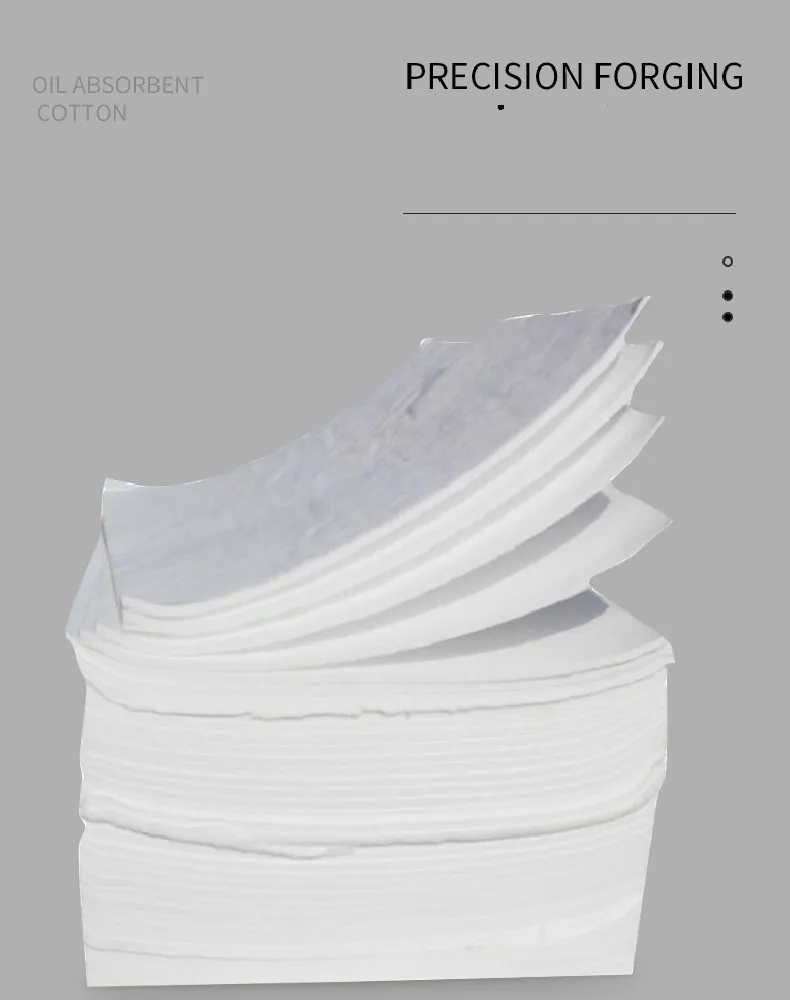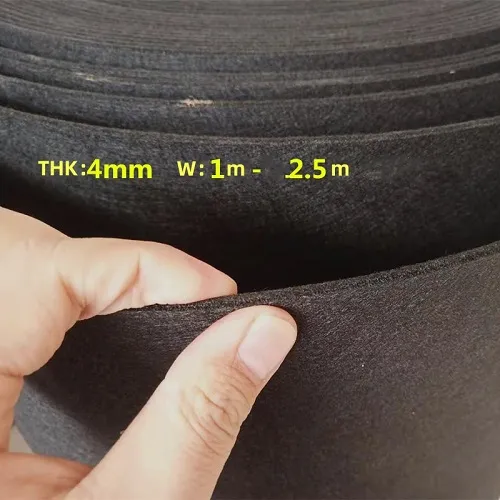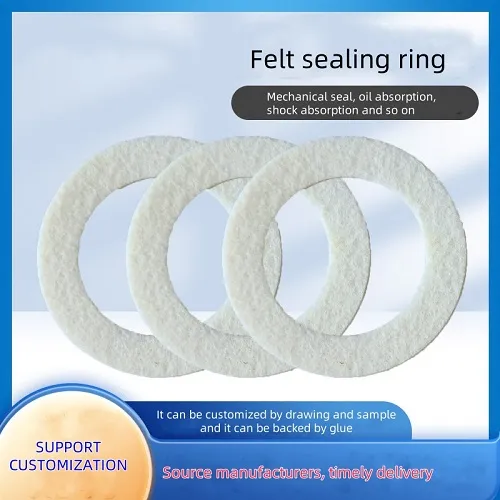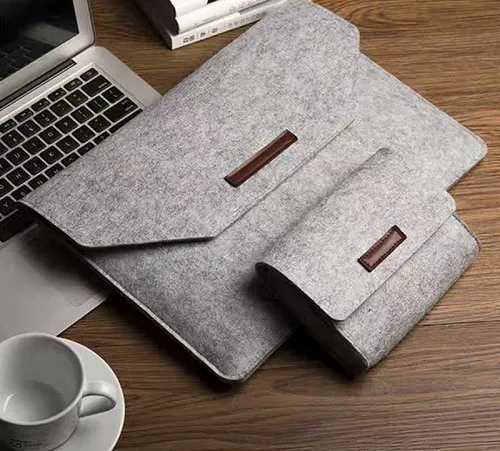Exploring the Applications and Benefits of Felt in Sustainable Design and Craft Projects
Understanding the Versatility of Felt A Comprehensive Overview
Felt is an extraordinary material that has stood the test of time, utilized across various cultures and industries for its unique properties and versatility. Made primarily from wool, felt is produced through a process called felting, where fibers are compressed and entangled together, creating a dense, durable fabric. The characteristics of felt make it an ideal choice for numerous applications, ranging from clothing to crafts, and even industrial uses. This article explores the various facets of felt, focusing on its composition, uses, and benefits.
The Composition and Characteristics of Felt
Felt is predominantly made from natural fibers, with wool being the most common source due to its excellent felting properties. However, synthetic fibers such as polyester and acrylic are also used to create felt, especially for specific applications. The manufacturing process involves the application of heat, moisture, and pressure to the fibers, resulting in a non-woven fabric that is both robust and flexible.
One of the hallmark characteristics of felt is its ability to retain warmth and provide insulation. This makes it an ideal choice for clothing items such as hats, scarves, and coats. Additionally, felt is inherently water-resistant, which allows it to maintain its integrity and shape even in damp conditions. The density of felt also provides excellent noise absorption, making it a popular choice in acoustic panels and soundproofing materials.
Applications of Felt
The versatility of felt is evident in its wide range of applications. In the fashion industry, felt has been embraced for its aesthetic qualities. Designers often use felt to create stylish accessories and garments that not only look good but also offer comfort and functionality. Felt hats, for instance, have been a fashionable staple for centuries, appreciated for their style and warmth.
In crafting, felt is a beloved material for various projects, from children's toys to intricate home decorations. Its ease of use makes it suitable for a variety of crafting techniques, such as sewing, gluing, and needle felting. Hobbyists and artisans can create custom pieces ranging from ornamental items to functional goods, such as coasters and bags.
felt pdf

Moreover, felt has found its way into educational settings, where it is used for teaching purposes. Felt boards aid in visual learning by allowing children to interact with colorful, tactile pieces, promoting creativity and engagement.
The industrial sector also benefits from felt, as it is used for insulation, gaskets, and packing materials. Its durability and resistance to abrasion make it ideal for components in machinery and automotive applications.
The Environmental Impact of Felt
As consumers become increasingly aware of environmental issues, the choice of materials becomes more significant. Felt made from natural fibers like wool is biodegradable, presenting a more eco-friendly alternative to synthetic materials. Moreover, many manufacturers are adopting sustainable practices, ensuring that the production of felt minimizes environmental impact.
The resurgence of interest in handmade and artisanal goods has also spurred a revival of traditional felting techniques. This not only supports local economies but also encourages the preservation of cultural heritage associated with felt-making.
Conclusion
In conclusion, felt is a remarkable material that showcases both practicality and artistry. Its diverse applications make it a valuable asset in various fields, from fashion to industry. The natural qualities of felt, combined with its sustainability aspects, position it well for continued relevance in a world increasingly focused on environmental consciousness. Whether in the form of a stylish hat, a unique piece of art, or a functional component in machinery, felt continues to demonstrate its unmatched versatility and enduring appeal.
-
What Makes Felt a Great Choice?NewsNov.19,2024
-
Total Mixed Ration (TMR) Feed for CattleNewsNov.19,2024
-
The Ultimate Guide for Felt Polishing WheelsNewsNov.19,2024
-
Industrial Felt for Various ApplicationsNewsNov.19,2024
-
Felt Makeup Bags and Inserts BagsNewsNov.19,2024
-
Choosing the Right Hotel TowelsNewsNov.19,2024
-
Your Go-To Guide For Affordable Wholesale Wool FeltsNewsOct.31,2024







